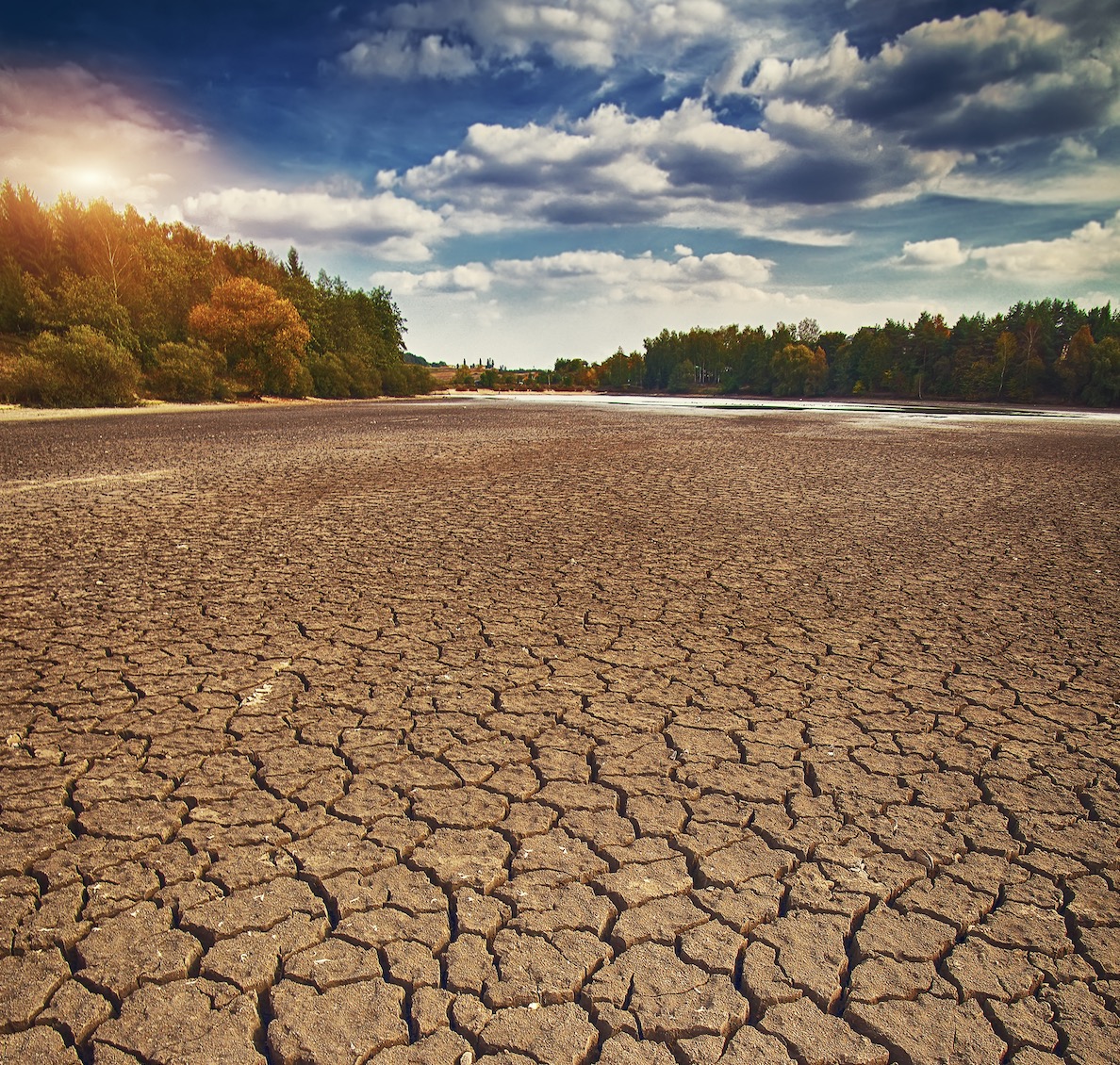The Impact of Drought in South Africa Research Grade 11 Geography

The Impact of Drought in South Africa Research Grade 11 Geography
The Impact of Drought in South Africa Research Geography Grade 11: South Africa has experienced a series of droughts over the past few decades, with significant impacts on the environment, economy, and society. As Grade 11 learners, it is crucial to understand the causes and consequences of drought in order to develop solutions for a more sustainable future. This article aims to provide a comprehensive research guide for Grade 11 students on the impact of drought in South Africa.
The Impact of Drought in South Africa Research Grade 11
- Understanding Drought
Before diving into the impacts of drought, it is essential to understand what drought is and how it is classified. Drought is a prolonged period of abnormally low rainfall, leading to a shortage of water. Droughts can be classified into three main types:
- Meteorological drought: Occurs when there is a significant decrease in precipitation compared to the average for a specific region and time period.
- Agricultural drought: Occurs when there is insufficient soil moisture to meet the needs of crops, leading to decreased agricultural productivity.
- Hydrological drought: Occurs when there is a deficiency in surface and subsurface water resources, such as rivers, lakes, and groundwater.
- Causes of Drought in South Africa
Several factors contribute to the occurrence of drought in South Africa:
- Climate change: As global temperatures rise, the frequency and intensity of droughts are likely to increase. Changes in precipitation patterns can exacerbate water scarcity in regions already prone to drought.
- El Niño Southern Oscillation (ENSO): This climate phenomenon can lead to drought conditions in South Africa when the warm phase, known as El Niño, occurs. This results in suppressed rainfall over the southern African region.
- Land use practices: Unsustainable land management, such as deforestation, can reduce the ability of ecosystems to store water and contribute to drought.
- Environmental Impacts
Drought in South Africa has a range of environmental impacts:
- Decreased water availability: Reduced water levels in rivers, lakes, and dams can lead to water restrictions and increased competition for water resources.
- Loss of biodiversity: Drought can lead to the death of plants and animals, affecting ecosystems and reducing biodiversity.
- Soil degradation: Drought can cause soil to become compacted, eroded, or lose its fertility, reducing its ability to support plant life.
- Economic Impacts
The economic impacts of drought in South Africa are far-reaching:
- Agricultural losses: Reduced crop yields and livestock productivity can lead to food shortages and increased food prices, affecting both farmers and consumers.
- Unemployment: The agricultural sector is a significant employer in South Africa. Drought can result in job losses for farmworkers and related industries.
- Reduced tourism: South Africa’s natural beauty is a significant tourist draw. However, drought can negatively impact water-based recreational activities and wildlife populations, deterring tourists and affecting the tourism industry.
- Social Impacts
Drought can have severe social consequences in South Africa:
- Water scarcity: Limited access to clean water can lead to waterborne diseases and affect sanitation, negatively impacting public health.
- Food insecurity: Food shortages and increased prices can exacerbate food insecurity, particularly for vulnerable populations.
- Mental health: The stress of dealing with the consequences of drought can lead to increased anxiety, depression, and other mental health issues among affected individuals and communities.
- Mitigation and Adaptation Strategies
To minimize the impact of drought and increase resilience, South Africa needs to implement various mitigation and adaptation strategies:
- Water resource management: Improved water resource management, including the development of new water infrastructure and more efficient water use, is crucial for ensuring water security.
- Sustainable agriculture: Adopting drought-resistant crops and sustainable farming practices can help reduce the impact of drought on agricultural productivity.
- Reforestation and land management: Reforestation and better land management practices can improve water retention and reduce soil erosion, helping to alleviate drought conditions.
- Education and awareness: Encouraging communities to adopt water-saving practices and promoting awareness of the consequences of drought is essential for fostering a culture of water conservation.
- Climate change mitigation: Reducing greenhouse gas emissions and supporting global efforts to address climate change can help limit the frequency and intensity of droughts in the future.
Drought is a significant issue in South Africa, with wide-ranging environmental, economic, and social impacts. For Grade 11 students researching the impact of drought, understanding the causes, consequences, and potential solutions is essential. By implementing effective mitigation and adaptation strategies, South Africa can better manage the effects of drought and create a more sustainable and resilient future.
